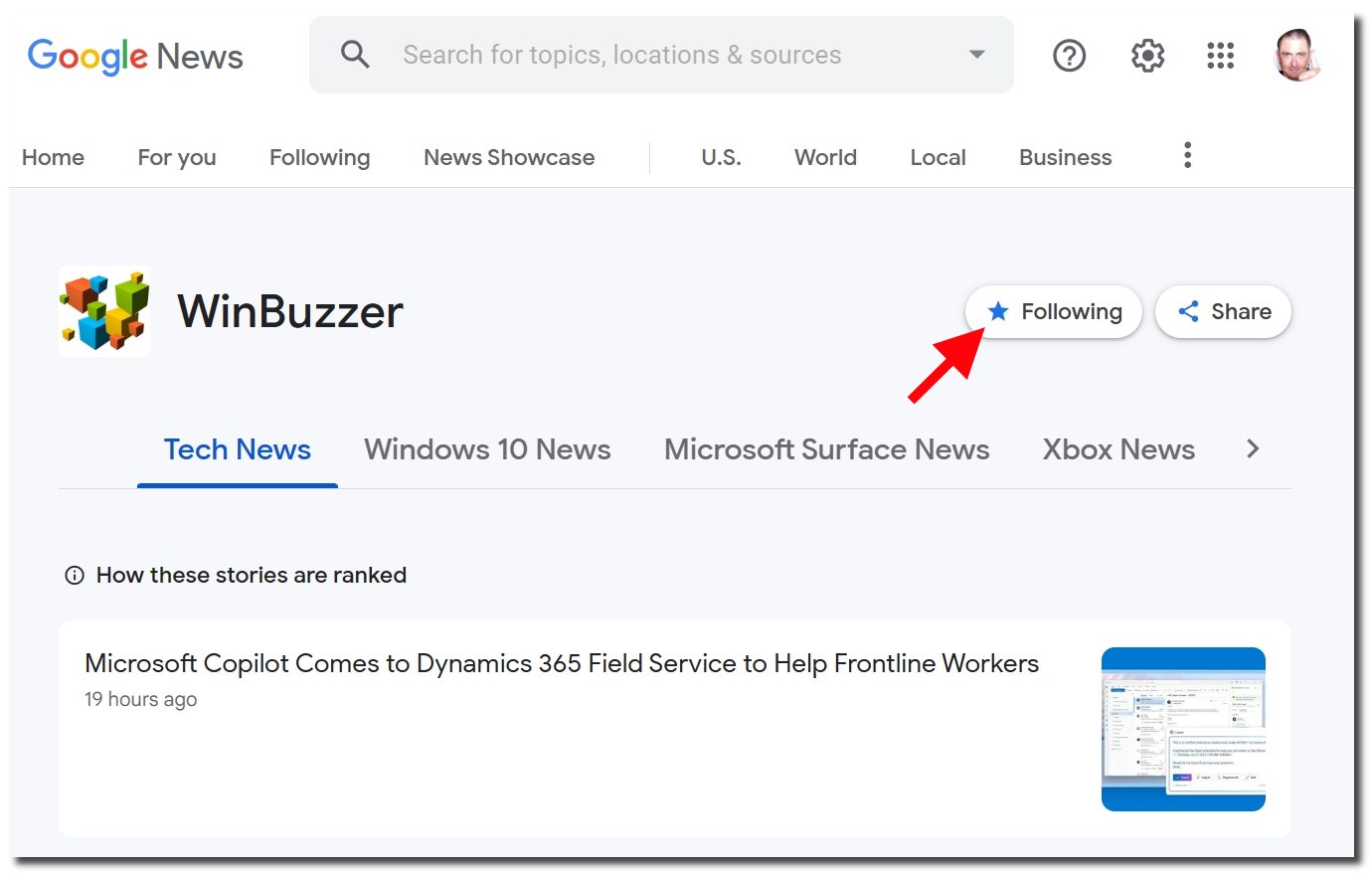Elon Musk's AI company, xAI, has made a significant move by releasing the code behind its advanced chatbot, Grok-1. The release, which includes the base model weights and network architecture, is made available under the Apache 2.0 license. This strategic decision marks a pivotal moment in the AI industry, particularly on the first anniversary of OpenAI's GPT-4 model launch. Grok-1, which concluded its pre-training phase in October 2023, is a large-scale language model with 314 billion parameters, designed to run on hardware equipped with substantial GPU memory. It is specifically fine-tuned for dialogue applications, showcasing its potential as a versatile tool in AI-driven communication.
Comparative Performance and Integration
Despite its impressive size, Grok-1 has faced criticism for its performance in benchmarks, with some engineers and AI enthusiasts noting that models with significantly fewer parameters have outperformed it in various metrics. This has highlighted the importance of fine-tuning in the development of effective AI models. Nonetheless, Grok-1's integration with real-time data from X.com, Elon Musk's social media platform, offers a unique advantage. This feature allows Grok-1 to access a continuous stream of data from Xeets, potentially enhancing its learning capabilities and application outcomes. However, the reliance on Twitter-like data, which is inherently brief and idiosyncratic, poses challenges for training a language model of this scale and complexity.
Legal and Ethical Considerations
The release of Grok-1 comes amidst Elon Musk's ongoing legal dispute with OpenAI, where Musk has criticized the organization for straying from its original open-source ethos. By making Grok-1's code and weights publicly available, Musk positions xAI as a proponent of transparency and openness in the AI field, in stark contrast to OpenAI's more guarded approach. However, it's worth noting that the training data used for Grok-1 has not been released under the same open license, prompting discussions about the extent of openness in AI development. This move has sparked a broader debate on the ethical implications and potential risks of open-sourcing powerful AI technologies, with industry experts and developers weighing the benefits of transparency against the possibility of misuse.






